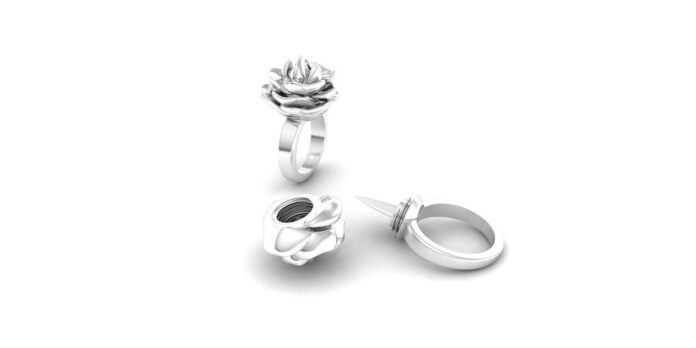Choosing the right type of self-defense ring can be overwhelming. With all the different options on the market, it’s hard to know which one is right for you. But don’t worry, we’re here to help! In this blog post, we’ll break down the different types of self-defense rings and their benefits so you can choose the best one for your needs. Keep reading to learn more!
Different Types of Self-Defense Rings
There are four main types of self defense rings: knuckle rings, palm rings, finger rings, and thumb rings. Let’s take a closer look at each type:
- Knuckle Rings: Knuckle rings are designed to fit over your fingers and cover your knuckles. They’re typically made of metal or hard plastic and have spikes or other protrusions on the exterior for added protection. Knuckle rings are a great option if you’re looking for maximum protection. However, remember that they can be quite bulky and limit your dexterity.
- Palm Rings: Palm rings are similar to knuckle rings but are designed to fit around your palm instead of your fingers. They offer excellent protection for your hands and can be very effective in close-quarters combat. Palm rings are also typically made of metal or hard plastic and have spikes or other protrusions on the exterior. One downside of palm rings is that they can make it difficult to grip things (like doorknobs).
- Finger Rings: Finger rings offer a more subtle approach to self-defense. They slip over your fingers like a regular ring but have spikes or other protrusions on the inside (so they’re facing towards your palm). This makes them effective against attackers but won’t damage property or injure bystanders if you need to use them in public. Another advantage of finger rings is that they’re much less likely to come off during a fight than knuckle or palm rings.
- Thumb Rings: Thumb rings are similar to finger rings but are designed to fit around your thumb instead of your fingers. They offer excellent protection for your thumbs (which are vulnerable in a fight) and can be very effective in close-quarters combat. Thumb rings are also typically made of metal or hard plastic and have spikes or other protrusions on the inside (so they’re facing towards your palm). One downside of thumb rings is that they can make it difficult to grip things (like doorknobs).
- Split Rings: It is a self-defense ring that has two openings in the middle. This type of ring allows you to use your fingers while wearing it, but it also offers more protection than an open ring. It’s a good option if you’re looking for more protection than an open ring but still want to be able to use your fingers.
Conclusion
As you can see, many different types of self-defense rings are available on the market today. Each type has its advantages and disadvantages, so it’s important to choose the one that’s right for you based on your needs. We hope this blog post has helped you narrow your options and choose the best self-defense ring for your needs!















